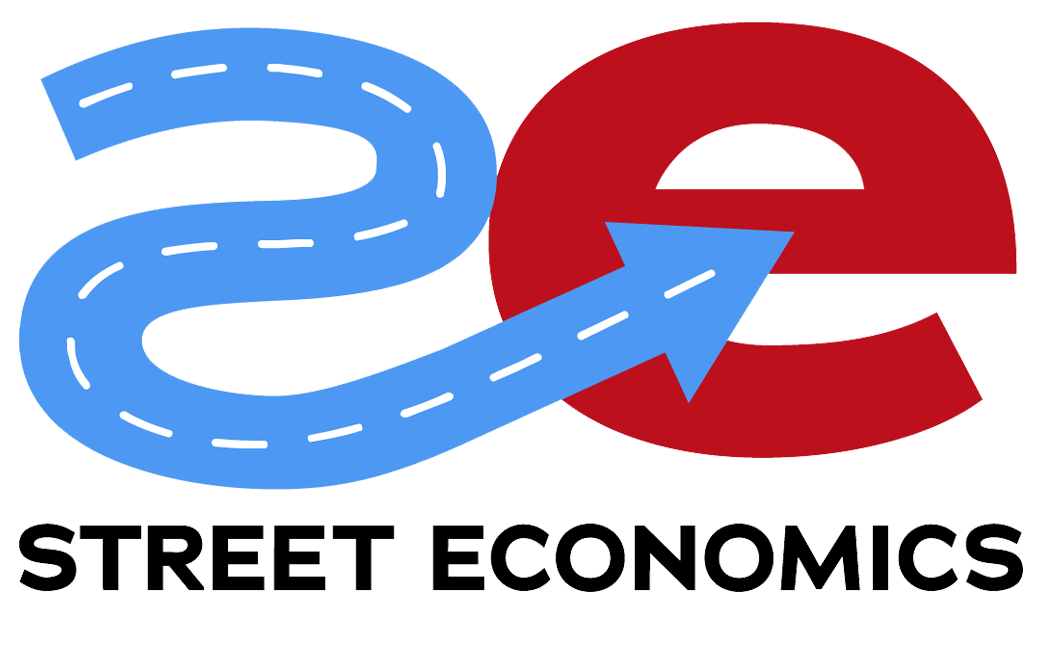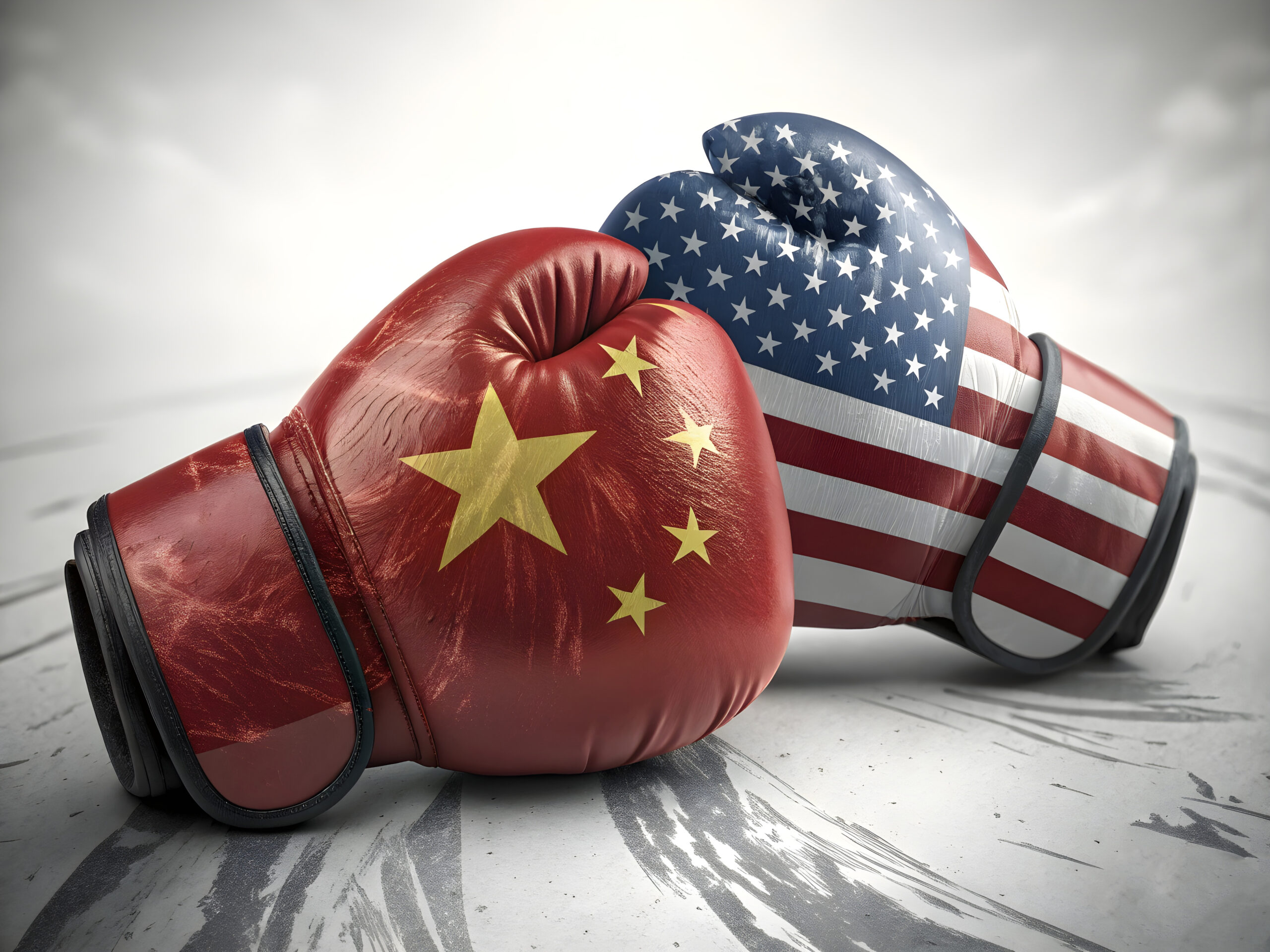Good morning, local leaders. This daily economic intelligence digest is crafted specifically for cities that reject outdated strategies, bureaucratic inertia, and yesterday’s economic development approaches. Realistic, actionable, and clearly stated, we’ll equip you to make proactive, informed decisions today.
Americans Splurge Ahead of Tariffs
Americans went on a shopping binge to beat impending price hikes. New data shows retail sales jumped in March as shoppers rushed to buy cars, appliances, and other goods before President Trump’s hefty tariffs hit. Auto sales in particular spiked after months of doldrums, with dealerships seeing a flood of “buy now before it costs more” customers. It’s like a Black Friday in spring; consumers stockpiled everything from trucks to tech gadgets in anticipation of a 25% import tax kicking in on those items. This pre-tariff frenzy boosted local store revenues for now, but it’s a sugar high that may not last once the tariffs (charmingly dubbed “Liberation Day” by the White House) actually make products pricier. Consumer confidence, meanwhile, is on the fritz as folks worry that higher costs and job cuts in Washington spell trouble ahead.
Why This Matters: A short-term sales boom can quickly turn into a hangover for your city’s economy. Local retailers enjoying the current spending surge could see a sharp drop-off when sticker shock from tariffs sets in and shoppers tighten their belts. That means lower sales tax collections for cities and potentially empty Main Street shops if people cut back. Households are already nervous – surveys say Americans are the gloomiest about their finances since the pandemic, expecting prices to keep climbing. If residents are bracing for hard times, they might skip dinners out, hold off on big purchases, or demand higher wages (squeezing local businesses and city payrolls). Plus, the federal government’s belt-tightening isn’t helping: mass layoffs of federal workers and program cuts under the new administration remove paychecks and services from our communities. In short, brace for a possible economic cool-down on your streets once the tariff-buying euphoria fades, and consider ways to support local businesses and consumers through the bumpy ride ahead.
China’s Economy Surges Amid Trade War Fears
China’s economy apparently didn’t get the memo that a trade war is raging – it just clocked a surprisingly strong 5.4% growth in the first quarter. Factories and ports in China were humming along even as their real estate market is a dumpster fire and consumers at home stayed cautious. Beijing’s stimulus efforts pumped up spending enough to offset those weaknesses, at least for now. But storm clouds are gathering: President Trump’s tariff barrage on Chinese goods is about to hit China’s export engine hard. Chinese officials are warning that “profound external changes” (read: the U.S. trade war) will test their economy’s resilience in the coming months. Economists think this might be China’s high-water mark for a while, with some slashing China’s growth forecasts below 5% if the tariffs bite as expected. In other words, China is racing forward now only to find a roadblock ahead, thanks to the escalating showdown with Washington over trade.
Why This Matters: You might ask, why should my city care about China’s GDP or tariffs on the other side of the world? Because when the world’s second-largest economy hits turbulence, the shockwaves reach American cities quickly. If China’s growth slows down due to the trade war, it could mean weaker demand for U.S. exports which is bad news for any local manufacturers, farmers, or ports that count on selling goods to China. A factory in your city making aerospace parts or a farm cooperative exporting pecans could see orders dip, threatening local jobs. At the same time, many American businesses rely on Chinese imports for inventory and supplies; tariffs make those more expensive, squeezing local entrepreneurs and raising prices for consumers. Supply chain disruptions and cost spikes could hit everything from the local electronics store to construction projects in your town. And let’s not forget: global market jitters can sink investment portfolios, including city pension funds. Bottom line: a brewing economic storm in China, fueled by this trade standoff, could translate into budget headaches and employment concerns on Main Street. Local leaders should diversify economic ties where possible and brace for some fallout if the U.S.-China economic sparring intensifies – this is the new reality of a globally connected economy, like it or not.
Local Budgets Squeezed as Federal Aid Fades
City and state budgets are hitting a wall now that the federal gravy train has dried up. Seattle officials got a rude awakening this week with a new forecast showing a $244 million budget deficit looming over the next two years. The city’s revenue is lagging while costs pile up, creating a gap too big to paper over with the usual tricks. Seattle isn’t alone: places from Indiana to Alaska are reporting lower tax collections and potential shortfalls as economic growth softens and one-time pandemic funds vanish. In Seattle’s case, they’re pointing fingers at an upside-down tax system and federal pullbacks; as one local economist put it, Washington State has become a “tax haven for the rich,” where working families pay triple the tax rate of millionaires. Meanwhile, the Trump-Vance administration in D.C. is busy slashing funding for everything from food aid to housing programs, forcing cities to do more with less. The result? Critical local services (parks, public safety, you name it) are at risk unless new revenue sources or cuts are found, and fast.
Why This Matters: For local leaders, these budget warnings are a five-alarm fire bell. If your city hasn’t felt it yet, it might soon: declining sales or income tax revenue, higher expenses (thanks to inflation and rising interest on debt), and fewer federal dollars to fill the gaps. That means tough choices ahead: do you trim library hours and road repairs, or raise taxes and fees (and on whom)? Seattle’s approach is to call out the inequity and push for the wealthy to pay their fair share rather than balance budgets on the backs of the working class. It’s a bold stance that many cities may consider as they stare down deficits. The alternative is painful austerity that could stall local progress: laying off public workers, canceling infrastructure projects, or cutting social programs right when residents may need them more. Bureaucratic inertia is no longer an option; cities can’t just kick the can down the road hoping for another federal bailout. This is the moment to rethink revenue structures (maybe it’s time to overhaul that antiquated tax code), clamp down on wasteful spending, and explore innovative funding models like public-private partnerships. If local leaders don’t proactively address these budget squeezes, the fallout will hit everyday life; potholes go unfilled, police and fire units understaffed, and economic development ambitions stunted. The message: get your fiscal house in order now, because Washington’s checkbook is snapping shut and your community’s needs aren’t going away.
Office Ghost Towns Spread as Vacancies Soar
Some of America’s downtowns (but not Miami’s Brickell) are looking more like ghost towns these days, and it’s not just a phase. Office buildings across the country are emptier than ever, with nearly one-fifth of all office space sitting vacant. Companies have embraced remote work or downsized, leaving behind hollowed-out skyscrapers and “For Lease” signs gathering dust. The consequence? Landlords are defaulting on office towers at an alarming rate because they can’t fill them or refinance loans at today’s high interest rates. By some estimates, a record $38 billion worth of office properties are at risk of default or foreclosure, levels not seen since the aftermath of 2008. Even the federal government is wasting a fortune maintaining half-empty buildings – Uncle Sam is paying billions annually on underused office space that bureaucrats aren’t returning to. From New York to Des Moines, the once-bustling weekday downtown scene: workers grabbing coffee, businesses buzzing, has been replaced by quiet lobbies and echoing hallways. Attempts to lure workers back with free donuts and mandates have largely flopped, and now the bill for all that idle real estate is coming due in a big way.
Why This Matters: If your city center has a lot of office space, this is your problem, too. High office vacancy means lower property values, which means your city’s property tax revenue takes a hit; a double whammy if you’re already facing budget shortfalls. It also drags down foot traffic that local restaurants, bars, and shops depend on, threatening more business closures and job losses in a vicious cycle. An empty building isn’t just an eyesore; it’s a financial and safety risk. When landlords default, buildings can deteriorate, leading cities to consider costly interventions or incentives to get them occupied again. The remote work trend is not reversing course, so waiting and hoping for offices to magically refill is wishful thinking. City leaders need to be proactive: cut through the zoning red tape that makes it hard to convert offices into housing or mixed-use spaces, encourage creative reuses (startup incubators? urban farms? arts and education hubs?), and maybe rethink downtown designs entirely. This is also a wake-up call on economic diversification; cities overly reliant on white-collar office workers need to broaden their economic base or risk a downtown doom loop. In short, the traditional office sector has hit a wall, and without swift action and innovative thinking, many downtowns could go from economic engines to expensive ghost towns on the city budget’s shoulders.
EV Factory Boom Comes with a Hybrid Reality Check
Georgia is now home to one of the world’s largest electric vehicle factories, and it’s a sight to behold: a 3,000-acre complex churning out brand-new EVs every minute with an army of robots and workers. Hyundai just opened this $7.6 billion mega-plant near Savannah, complete with massive tax breaks and much fanfare about American manufacturing rebirth. It’s part of a broader $21 billion investment Hyundai announced in the U.S., including a new steel mill, as they rush to build cars stateside – not only to meet demand but to dodge those hefty import tariffs. (The Hyundai execs practically high-fived that every car built in Georgia avoids Trump’s tariff hammer on imported vehicles.) Here’s the twist: despite being an “EV factory,” the company revealed it will also produce hybrid cars there, expecting hybrids to make up about one-third of output. In other words, even as they bet big on electric, they’re hedging by keeping one foot in the gas-powered world. The plant itself rose with lightning speed – less than two years from breaking ground to rolling out EVs – showing what can happen when you mix urgency, deep pockets, and a friendly regulatory environment.
Why This Matters: This story is a mix of inspiration and caution for local leaders eyeing industrial growth. On one hand, it’s a win-win: thousands of new jobs, a high-tech manufacturing hub, and a boost to the local economy (not to mention bragging rights for landing the largest economic development project in state history). Georgia’s aggressive courting – over $2 billion in incentives – paid off with a shiny new industry that will anchor the region for years. For other cities and states, it’s a blueprint: streamline permitting, offer competitive incentives (within reason), and companies will build it faster than you can cut a ribbon. But there’s also a lesson in pragmatism here. Hyundai building hybrids at an EV plant is a reality check that not everyone is ready to go fully electric overnight. Consumer demand, infrastructure, and politics all play a role in the transition. Local leaders pushing for the “industries of the future” must also prepare for transitional technologies and ensure their workforce is skilled for both EVs and legacy tech. Additionally, while big subsidies can bring big factories, cities should ensure the public investment truly pays off in local benefits; jobs for local residents, opportunities for local suppliers, etc. Lastly, the tariff angle shows how national policy levers (like trade and tax credits) can dramatically shift where companies invest. A savvy city will stay attuned to those external factors by leveraging them when favorable (like EV tax credits or onshoring trends) and buffering against them when they threaten local business. In sum, the EV factory boom is great news, but the savviest communities will celebrate with one eye on the horizon, adapting to market shifts and making sure they’re not betting the farm on a one-trick pony.
Delta Backs Local Pilot Pipeline to Ease Shortage
A major airline is tackling its talent shortage by investing directly in the community and it’s a model worth copying. Delta Air Lines just partnered with a local aviation school in Georgia to train the next generation of pilots right from high school. They’re kicking in $2.5 million to fund scholarships for students in Clayton County (home to Atlanta’s airport and many Delta employees) to attend Middle Georgia State University’s aviation program. In plain speak, Delta is paying to help local kids become pilots, mechanics, and aviation pros, feeding them into good jobs at the airline down the line. This is part of a larger $16 million Delta commitment in that county, including support for technical training centers and even the Boys & Girls Club, all aimed at building a stronger workforce pipeline. With airlines facing a nationwide pilot shortage and many seasoned pilots retiring, Delta’s essentially “growing its own” talent in its backyard. It’s a refreshing approach: less talk about labor shortages, more action to fix it by giving local youth a ticket to a well-paying career in aviation.
Why This Matters: Workforce shortages aren’t solved by press releases, they’re solved by creative, local solutions like this. Every city has industries clamoring for skilled workers (be it healthcare, tech, manufacturing, or public safety). Instead of hoping people move to your town or waiting for some miracle federal immigration fix, why not train the people you already have? Delta’s investment shows that big employers are willing to put skin in the game to cultivate talent nearby, especially if they see a long-term payoff. For local governments, partnering with companies and schools on programs like apprenticeships, scholarship funds, or vocational training can yield huge returns: lower unemployment, higher incomes for residents, and a pipeline of skilled workers that attract even more businesses. It’s also a way to give students who might not pursue four-year degrees a clear path to stable, high-paying jobs, keeping them in the community. Rather than convening another task force that produces a dusty report on workforce development, this approach is about direct action – less red tape, more results. City leaders should be knocking on the doors of their major employers and local colleges to replicate this kind of partnership. The payoff is two-fold: companies get the talent they desperately need, and your community gets a reputation as a place where young people can launch great careers without leaving town. In an era when skilled labor is gold, be the city that doesn’t just lament the shortage but actually solves it, one local hire at a time.
Street Economics® is a community-focused economic intelligence service that cuts through the jargon and noise to help city leaders and citizens make sense of financial trends. It’s like having a sharp econ advisor on call – translating global and national developments into local impact and action. With Street Economics®, you get timely insights, irreverent analysis (as you’ve seen), and practical takeaways for your community. In an era of information overload, we help you figure out what actually matters for your city’s budget, businesses, and families. Ready to make smarter decisions and drive your local economy forward? Check out Street Economics® at streeteconomics.ai and see how our daily briefings and tools can help your community thrive. Go ahead, join the movement – your city’s economic future won’t wait!



Comments are closed